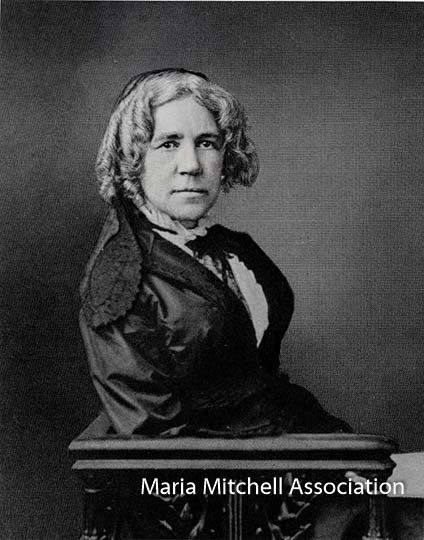Keep Calm and Bird On: March 2024
“If you don’t look, you don’t see. You have to go and look.”
-Edith Andrews

In March what we look forward to most is the Ospreys’ return. Usually around the 23rd or 24th, sometimes a little sooner, sometimes a little later, these magnificent birds are coming back to the old roost, to the old nest, to familiar fishing grounds.
Their stick nests atop high platforms sometimes attract Red-tailed Hawks, however. All through February Red-tails have been pairing up, looking at old nests, exploring the potential of new ones. And sometimes an Osprey nest of a previous year looks like the perfect Red-Tailed starter home. At least, until an Osprey shows up. Battles between the two can be dramatic. Both are equipped with razor-like, skin-tearing beaks and sharp, hooked talons. Both are territorial. But the Osprey out-weighs the Red-tail by about a pound, with an extra foot or so of wing-span, and perhaps most important of all, attitude. Red-tails are a bit more lackadaisical. Rather than diving into cold water searching for shadows of a fish dinner, they often hang out along highways, waiting for dinner, often in the form of roadkill rabbit, to be delivered. So in a contest over a nest, the Osprey usually wins.
Then it is the Ospreys’ turn to go through the ritual of courtship and nest-building. Will it be the same mate? Did he or she survive the hazards of the long journey to South America and back? Successful pairs often continue together. If both survived the trip, if they liked the location, if they raised two or three young together, it’s likely to be “don’t mess with success.” That’s a lot of ‘ifs.’ And sometimes there is disappointment. But, is there someone else hanging around? A better provider, stronger, or more determined? Or just lucky with the timing of a favorite food? Ospreys do best when there is a bountiful herring run. This early-returning, oily fish is packed with nutrition for developing eggs, and later, for growing young. So the drama continues.
Photo by Vern Laux
Recent Posts




